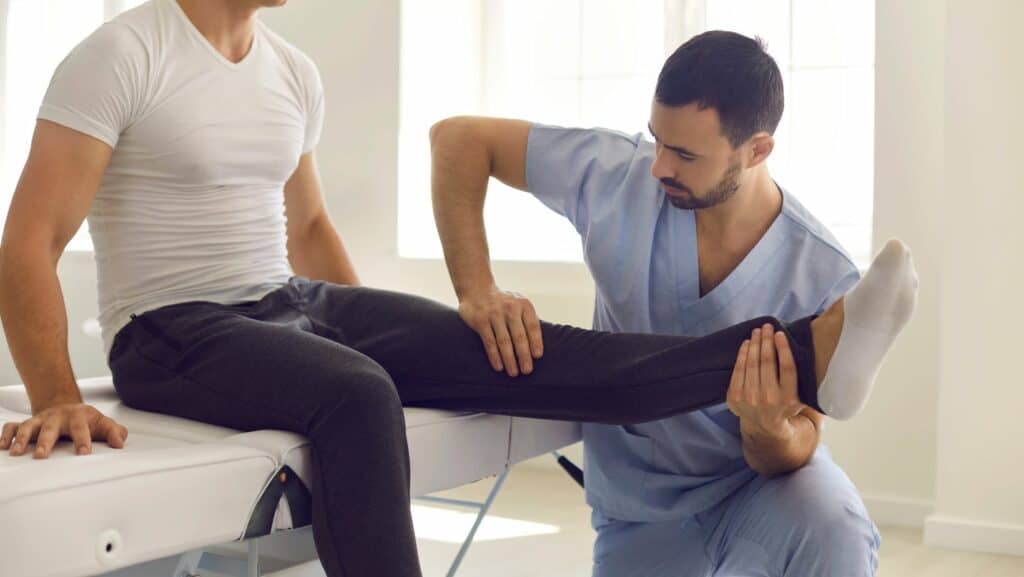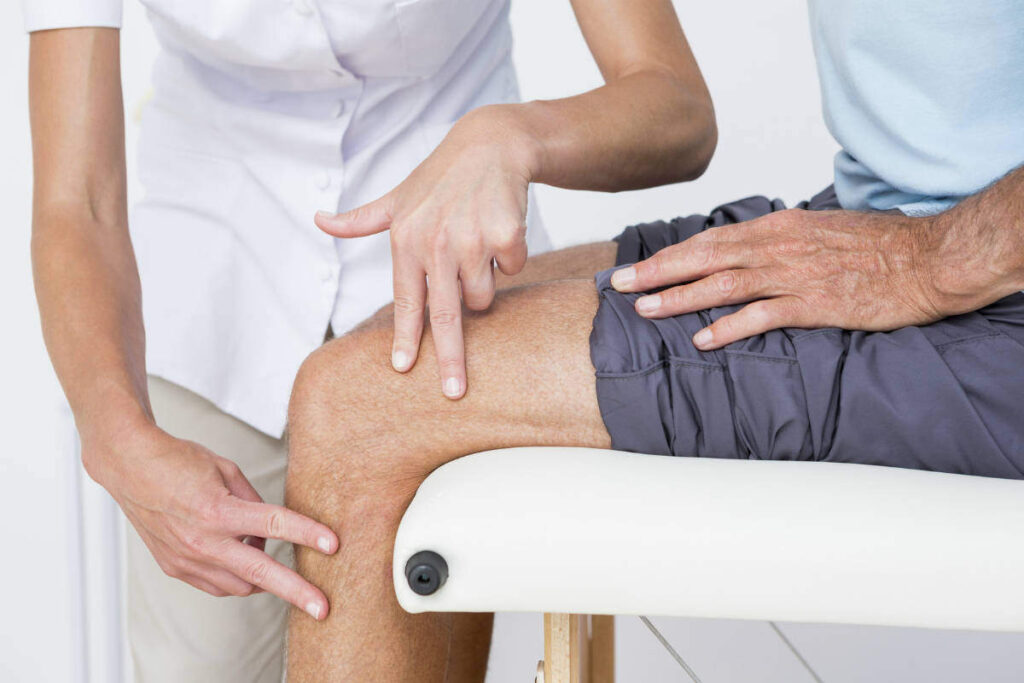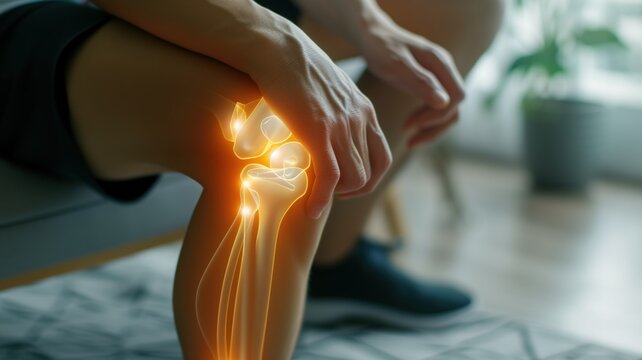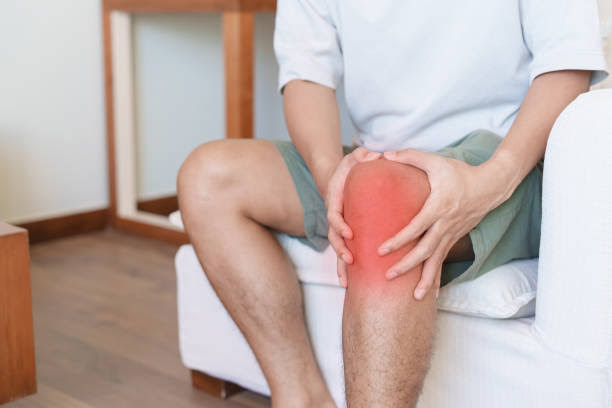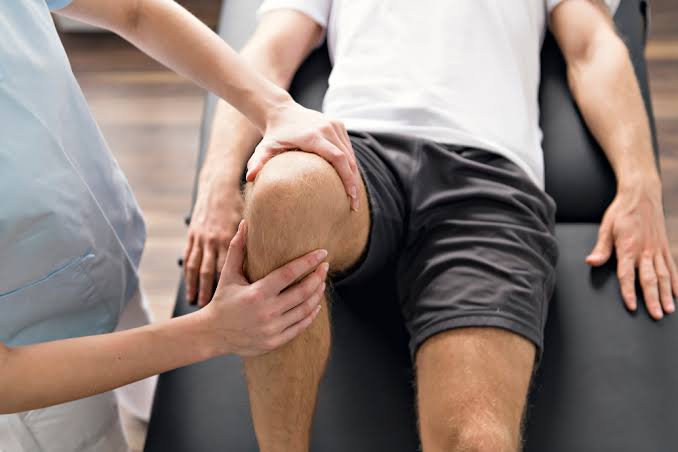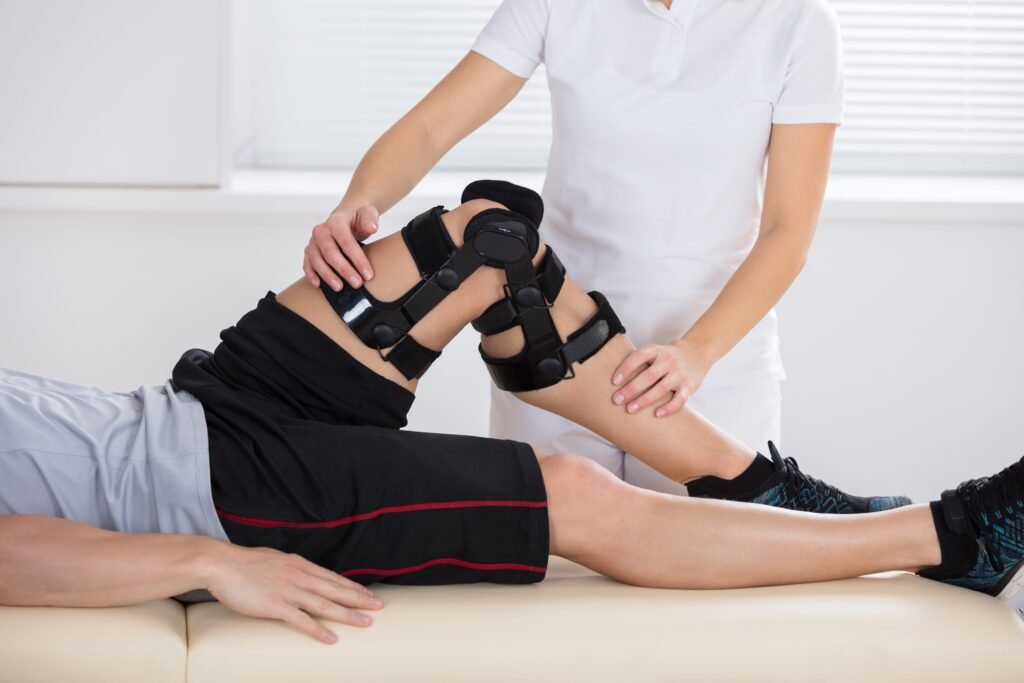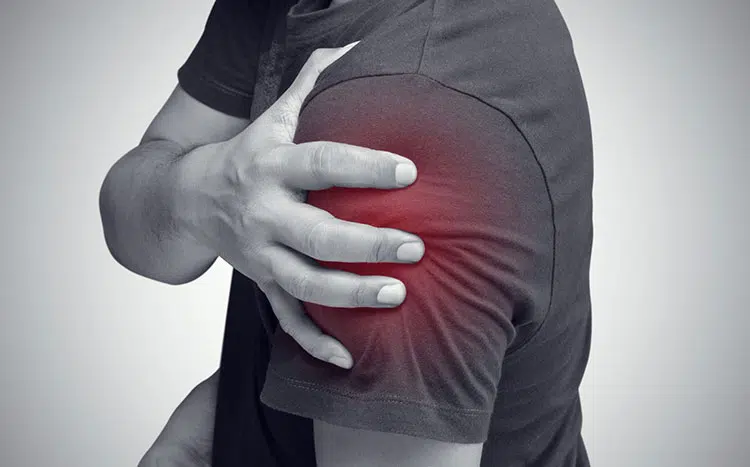What is Lateral Collateral Ligament (LCL) Rupture? How Physiotherapy Can Help
A Lateral Collateral Ligament (LCL) rupture is an injury affecting the ligament on the outer side of the knee. The LCL is crucial for stabilizing the knee joint by resisting forces that push the knee inward and providing lateral support. When the LCL is ruptured, it can lead to pain, swelling, and instability, which can […]
What is Lateral Collateral Ligament (LCL) Rupture? How Physiotherapy Can Help Read More »

